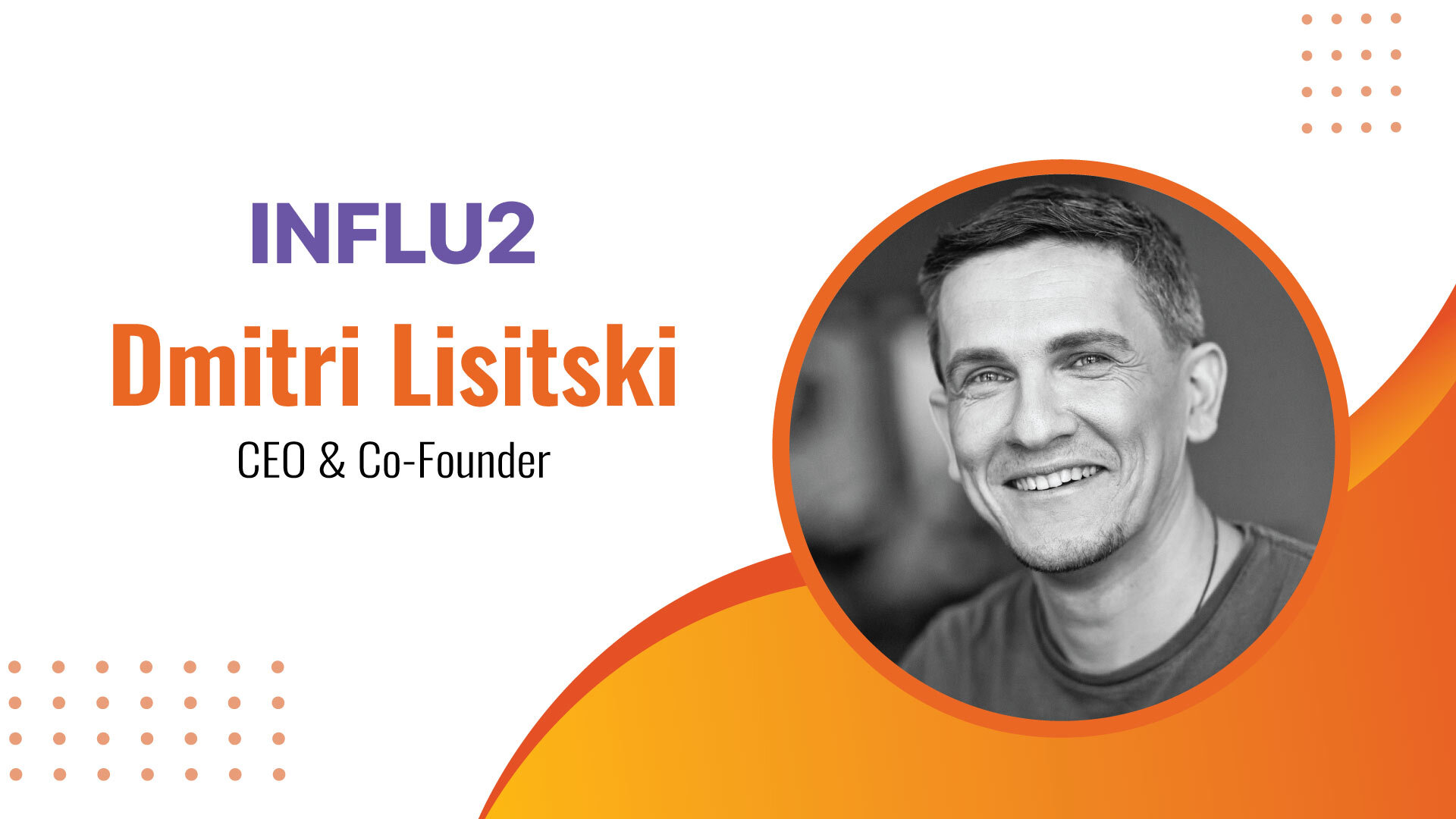

advertising
MarTech Edge Interview with Dmitri Lisitski, CEO & Co-Founder, Influ2
What were your inspirations and previous experiences that prompted the establishment of Influ2?
Advertising brings new products to life like no other medium. It can help brands to build relationships. It’s less intrusive than the traditional sales process. To me, the best advertising—think David Ogilvey’s work for VW or Leo Burnett’s work with Kellogg—can become a form of contemporary art.
That’s when it’s done well.
Enterprise B2B is sales-driven by nature, and to be honest, marketing makes minimal contributions to sales conversations. At least, that was my experience before starting Influ2. I wanted to change that, and I saw an opportunity to build something that makes advertising work for B2B enterprise sales.
As the first person-based marketing platform, how is Influ2 creating disruptions within the martech industry?
Our technology helps companies use advertising to build relationships with specific individuals. No other vendor in the space can build this kind of one-to-one connection through advertising, one that’s so closely integrated with the sales process. That’s been disruptive, as we see businesses coming to use to run ads that actually contribute to the sales conversation and become an integral part of the broader go-to-market strategy. They’re not finding this capability anywhere else.
In terms of ABM capabilities, intent capturing, and engagement tracking, how does Influ2 surpass its competitors?
What’s interesting is that, in many cases, we’re not surpassing competition, we’re complementing it. Many of our customers are already successfully using a competitor to understand intent when they come to us. They need us to build this relationship, influence their buyers, and connect this influence to the sales process.
Because you cannot establish any meaningful alignment between marketing and sales if you don’t know who marketing is speaking to, as in, the actual names. And that’s the critical capability that we add and our differentiator. When salespeople ask, “Who do I talk to and what do I say?” we provide the answer.
What are your plans for incorporating AI into Influ2’s solutions in the future?
This reminds me of an old joke:
Q: “What’s the difference between AI and machine learning?”
A: “Machine learning is done in Python. AI is done in PowerPoint.”
It’s silly, but the point is that we’ve been talking about AI for a decade now. Not just us—everyone in our space. It’s already part of what we do, in some form or another, so nothing has really changed. AI has been, still is, and will remain part of our unique targeting capabilities. We’ve embraced this tech since our inception in 2017, and I can tell you that we’d all rather talk about the value we create for customers than the technology we use under the hood.
To what extent do Influ2’s offerings assist brands in navigating the current challenging economic climate?
Contemporary marketers need to provide tangible, short-term gains as efficiently as possible. There’s not a lot of room for marketing ideas that sound good but can’t be measured. The current economic environment has a lot to do with that. The latest iteration of the Influ2 platform focuses on just that: it connects your marketing influence to impact on pipeline and revenue. It’s a very tangible look at what’s working and what’s not within an enterprise’s go-to-market strategy.
Can you elaborate on the marketing and business strategies employed by Influ2?
Walk the talk, if you will. Eat your own dog food. We started using our own products to acquire new customers and go to market in 2018, and, honestly, it was tough, which was disappointing because we built this amazing tech but had trouble deploying it for our own business. But we stuck with it and made it work—proved it worked—for our own objectives. That process taught us a lot about our strengths and weaknesses. Now this philosophy is part of our DNA: whatever we build for customers, we also use it for our own business. I think customers recognize and appreciate this commitment.
How do you envision scaling Influ2 over the next five years?
In the beginning, our approach was, okay, here’s an amazing technology that lets you target specific people and track how they engage with ads, but we have no idea how clients might use it. So we’ve spent a lot of time gathering information about how clients use Influ2 and have finally distilled a clear understanding of why customers choose Influ2 and what they need to be successful. The challenge now is to scale that success with 100% clarity about our place in the Martech ecosystem and the tech stacks of our customers.
If you could offer advice to your younger self who established Influ2 in 2017, what would it be?
Don’t be afraid. The uncertainty and unanswered questions, the fears about failing—just don’t be afraid. That would be my advice. And in a perfect world, I could go back and warn my 2017 self about what wastes time and which mistakes to avoid—just to speed up the decision-making, you know? But at some point, you have to let go, refuse to be afraid, and just carry on, come what will.




